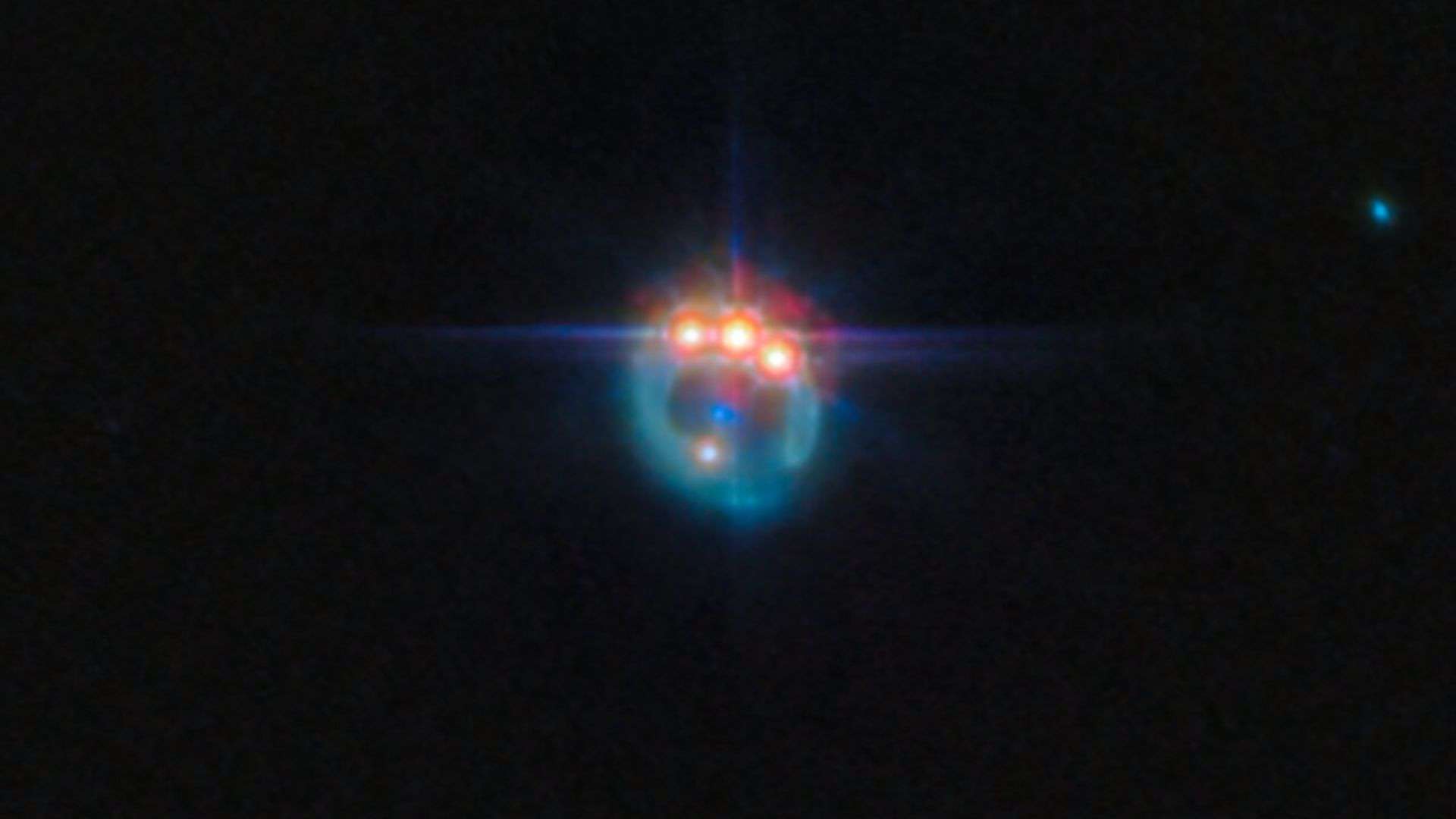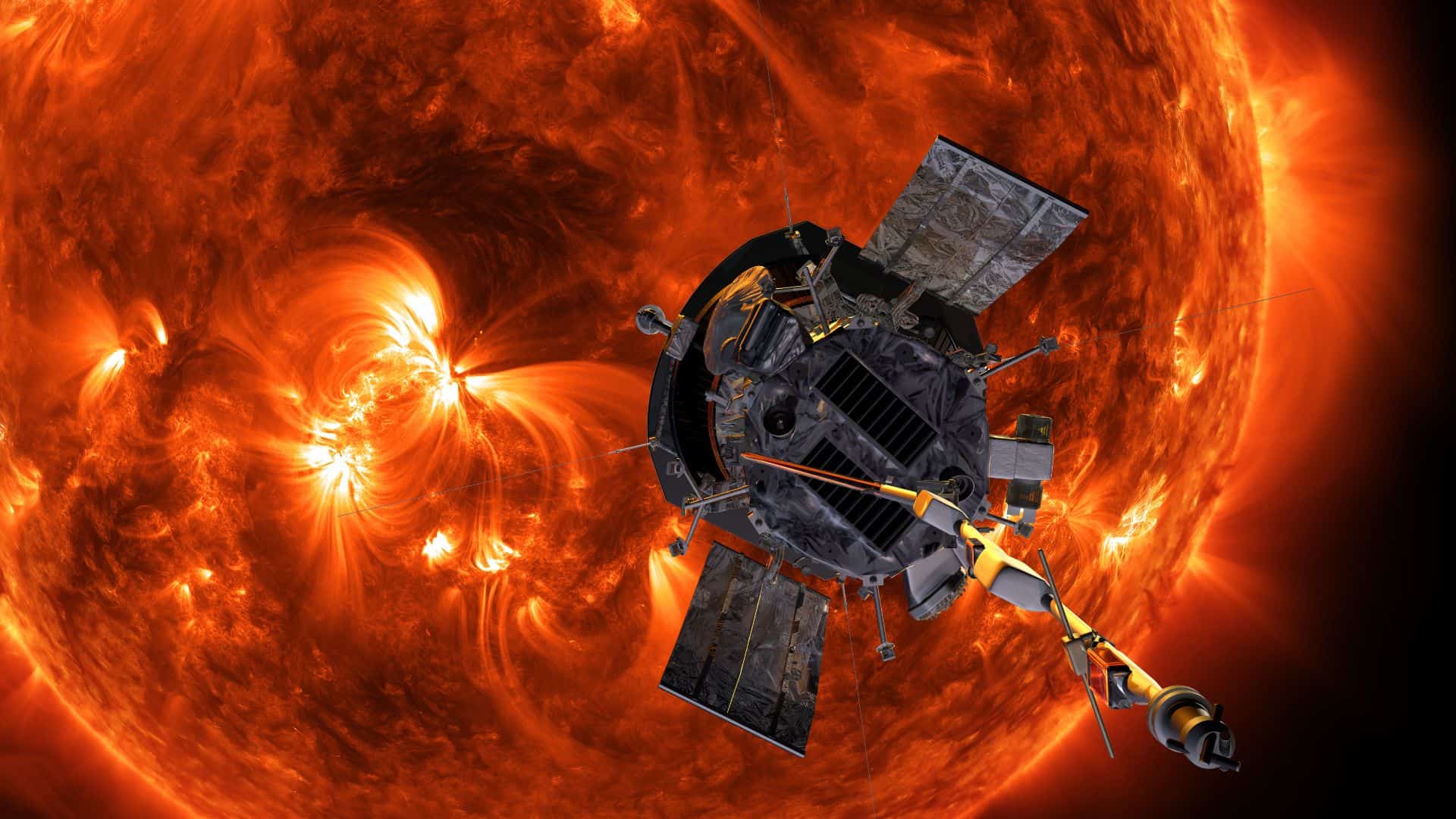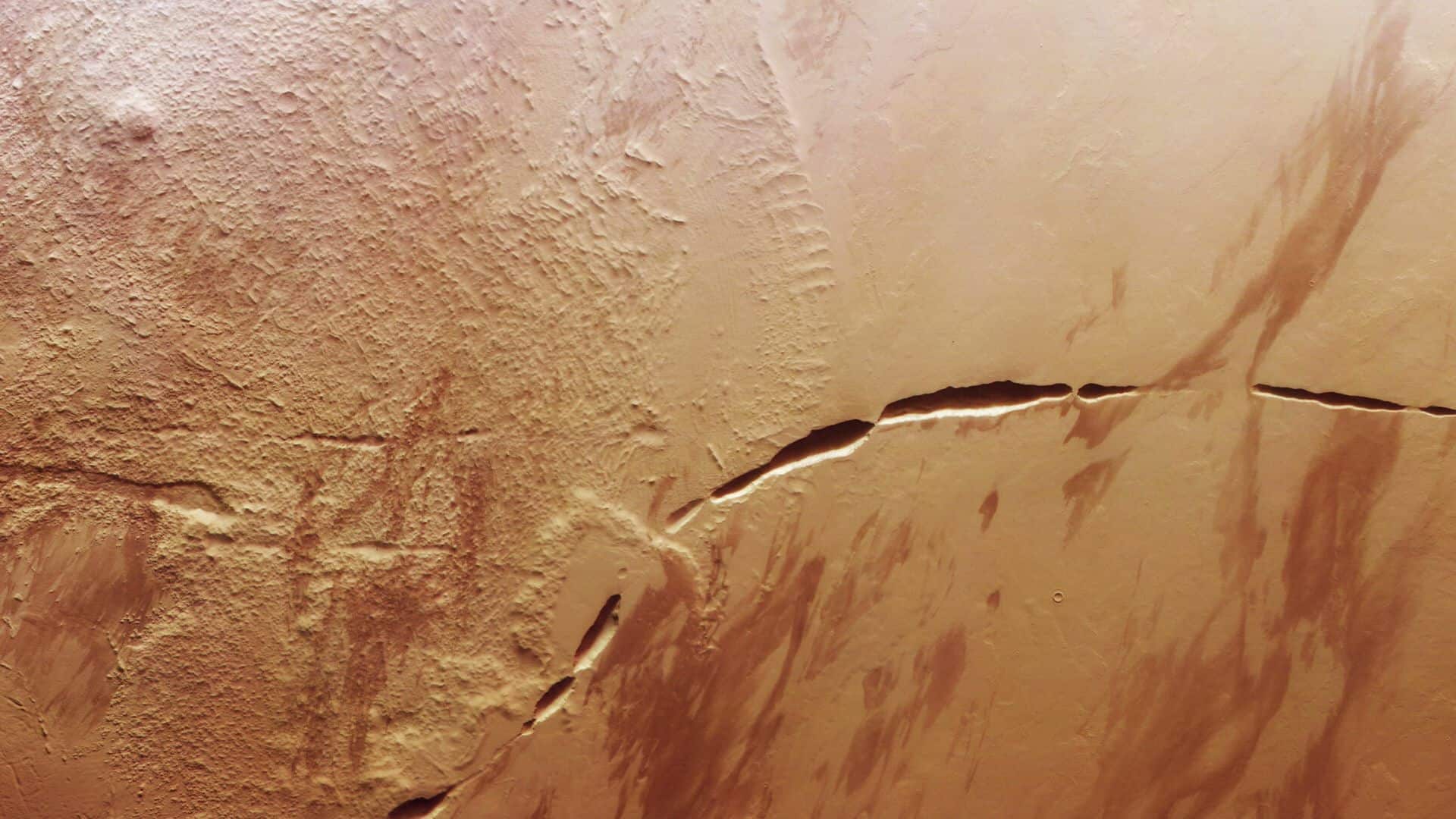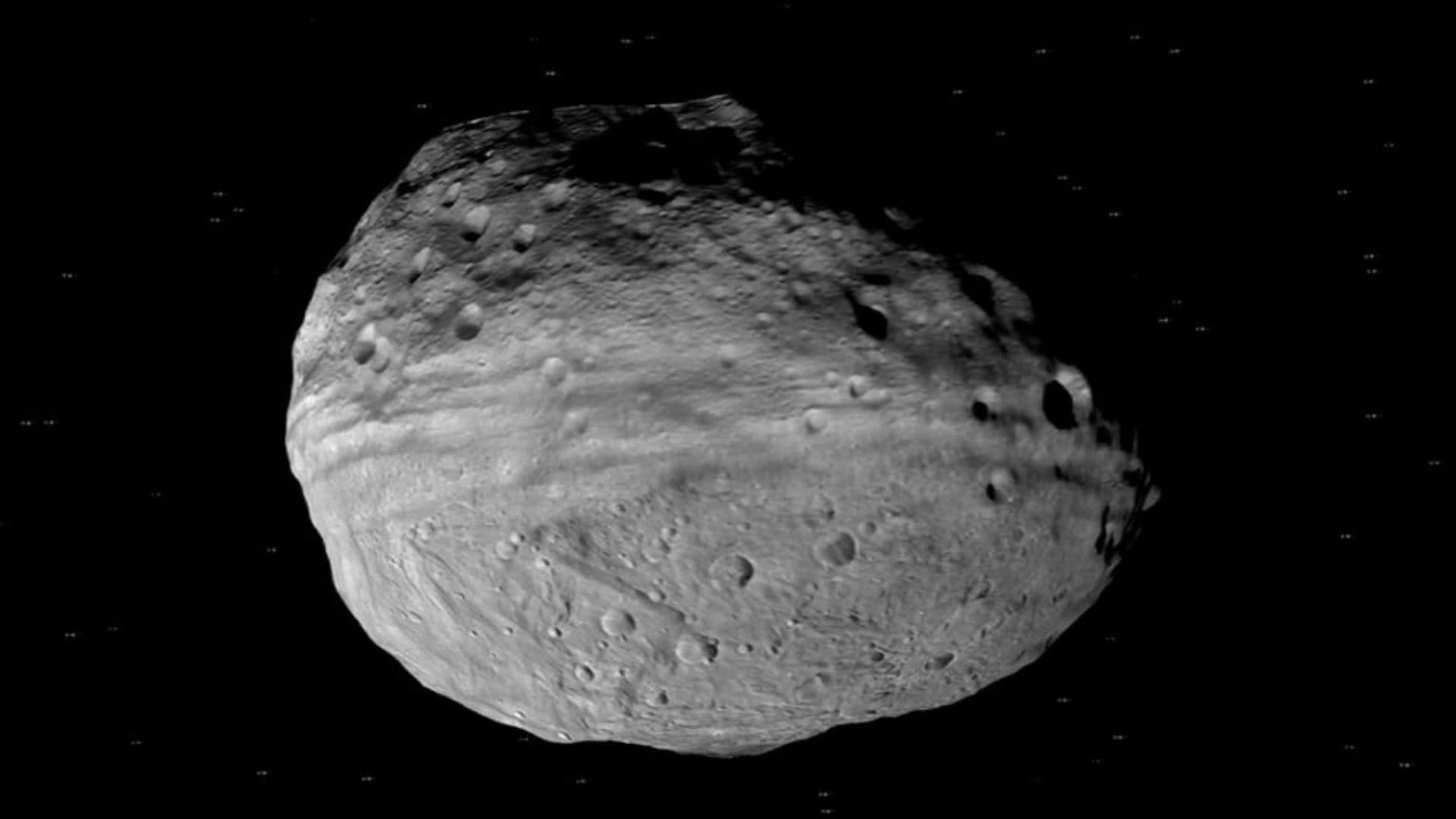The Hubble Space Telescope has found the pinpoint location of a newly discovered Luminous Fast Blue Optical Transient (LFBOT) designated “AT2023fhn” and nicknamed “the Finch”.
The Luminous Fast Blue Optical Transient (LFBOT) “AT2023fhn” has been discovered by Zwicky Transient Facility on April 10, 2023.
What is Luminous Fast Blue Optical Transient (LFBOT)?
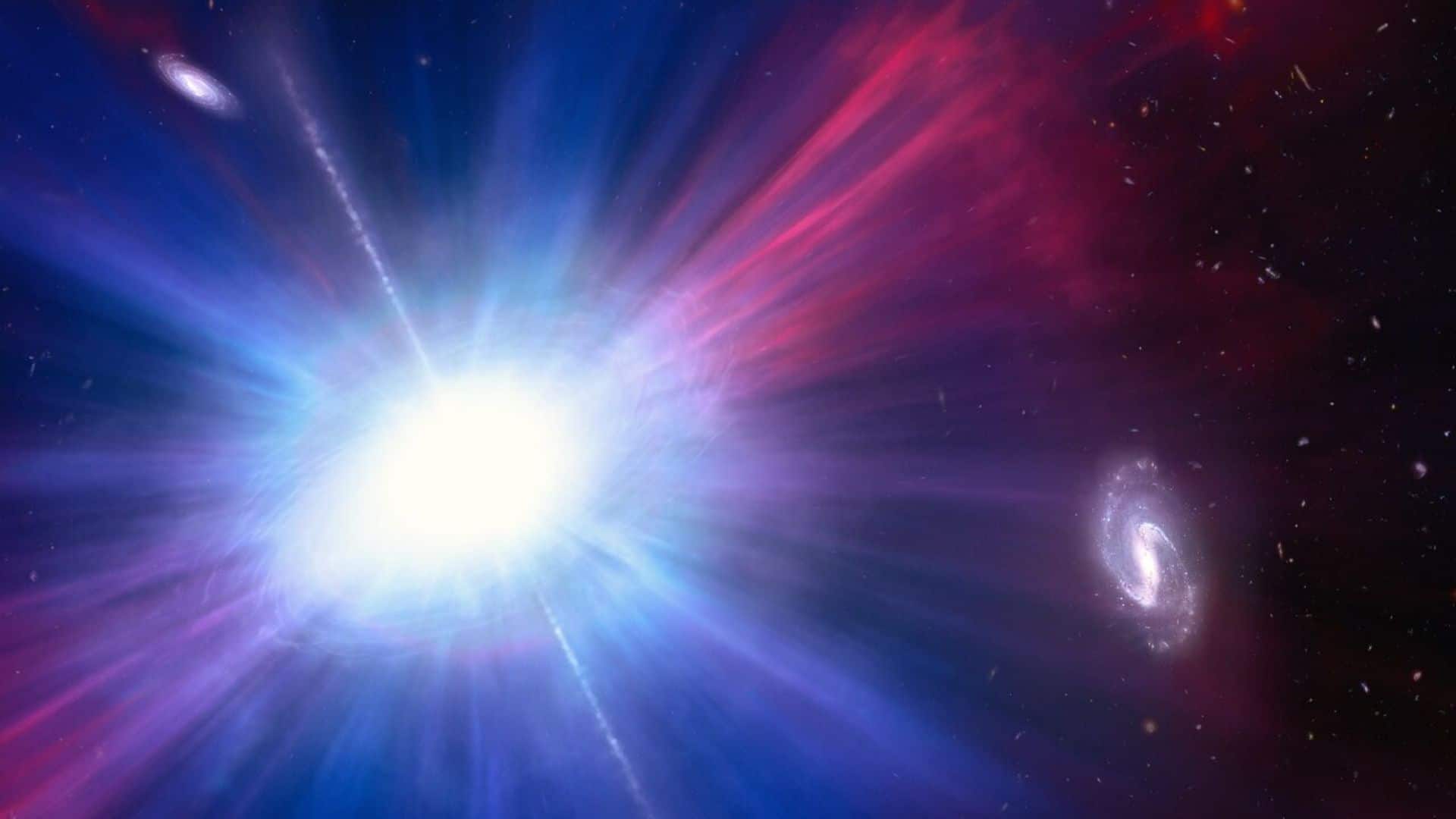
A transient is an extremely powerful astronomical event that lasts only a fraction of a second, days, or even years.
When an astronomical object is destroyed we usually see a transient event. Some examples of transient events are supernova explosions, gamma-ray bursts etc.
Luminous Fast Blue Optical Transient (LFBOT) is a new type of explosion that was discovered in 2018. It shines brightly in blue light and evolves rapidly, reaching peak brightness and fading again within days, unlike supernovae which take weeks or months to fade.
It is one of the brightest known explosion in the universe that can be seen in visible lights.
What is new about the LFBOT “the Finch”?

Unlike any other LFBOT seen before, the Hubble Space Telescope found that “the Finch” does not seem to be associated with any galaxy because it is located about 50,000 light-years away from the nearby largest spiral-shaped galaxy and about 15,000 light-years away from a smaller galaxy.
So it is the first LFBOT that has been found in isolation, and only the Hubble Space Telescope has pinpointed its location.
A new paper has been published on the topic of LFBOT “AT2023fhn (the Finch)” in the Monthly Notices of the Royal Astronomical Society (MNRAS).
Ashley Chrimes, the lead author of this paper, said in a statement that “the Hubble observations were really the crucial thing. They made us realise that this was unusual compared to the other ones like that, because without the Hubble data we would not have known”.
Why are astronomers confused about the new LFBOT?
LFBOTs have been thought to be a rare type of supernova as all previous LFBOTs have been found in star-forming regions in the spiral arms of galaxies.
But the new LFBOT AT2023fhn (the Finch) is different as it occurs outside of a galaxy, and it is not clear what astronomical event would cause such an explosion outside a galaxy.
Ashley Chrimes also said, “The more we learn about LFBOTs, the more they surprise us.”
“We’ve now shown that LFBOTs can occur a long way from the centre of the nearest galaxy, and the location of the Finch is not what we expect for any kind of supernova.”
How many LFBOTs have been discovered till now?
Only seven LFBOTs have been discovered since their first discovery in 2018. “AT2018cow” was the first discovered Luminous Fast Blue Optical Transient (LFBOT).
Summary
Hubble’s results suggest that astronomers know even less about these objects than previously thought and ruled out some possible theories. A larger sample is needed to better understand the phenomenon, say researchers.
The Hubble Space Telescope is a joint venture between the USA and European space agencies.
Please follow us on Facebook and Twitter to get latest space news, upcoming skywatching events and astronomy-related content.
